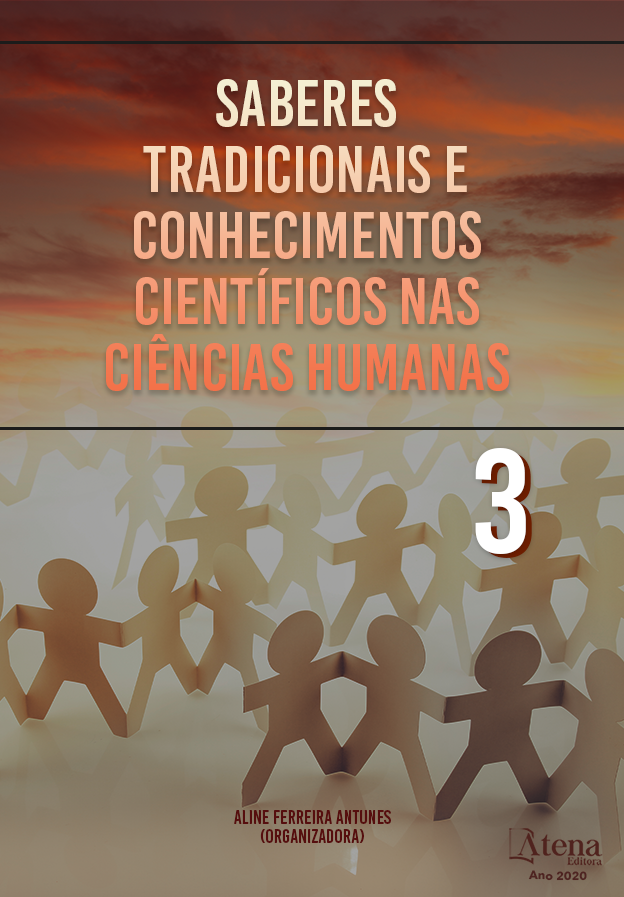
A HISTÓRIA E TEORIA DA CONSERVAÇÃO E RESTAURO MEDIANTE AÇÕES PROJETUAIS SOBRE A PAISAGEM CULTURAL
Este artigo tem como objetivos demonstrar/refletir/compreender como a história e teoria da conservação e restauro materializaram instrumentais que repercutiram nas ações projetuais sobre a Paisagem Cultural. Assim, discutem-se elementos conceituais como Falso Histórico, Conservação, Restauro, Preservação, Consolidação, Recomposição, Liberação, Complementação, Inovação, Reforma, Reconstrução, Requalificação, Renovação, Revitalização, presentes em muitos projetos de importância já realizados no Brasil e no exterior. Analisam-se projetos emblemáticos para a preservação da Paisagem Cultural coletados em pesquisa de revistas especializadas e livros de intervenções restauradoras. Para fins desta análise, a Paisagem Cultural é dividida em categorias: a) patrimônio ambiental (natural), b) patrimônio histórico (cultural material e imaterial) e, c) patrimônio ambiental urbano (cidade histórica, área urbana histórica ou centro histórico). Desta forma, é possível perceber conceitos da história e teoria da conservação e restauro que moldaram projetos e ações (como “fórmulas”, “modelos” e recomendações) sobre a Paisagem Cultural e suas categorias, tendo como princípio norteador à recuperação e restauração física de áreas, sem alterar a condição potencial humana/social/histórica local.
A HISTÓRIA E TEORIA DA CONSERVAÇÃO E RESTAURO MEDIANTE AÇÕES PROJETUAIS SOBRE A PAISAGEM CULTURAL
-
DOI: 10.22533/at.ed.4302015124
-
Palavras-chave: Projeto; Intervenções; Patrimônio.
-
Keywords: Project; Interventions; Patrimony.
-
Abstract:
This paper aims to demonstrate / reflect / understand how history and theory of conservation and restoration materialized instruments that had repercussions in the project actions on the Cultural Landscape. Thus, conceptual elements are discussed such as “historic False”, Conservation, Restoration; Preservation, Consolidation, Recomposition, Release, Complementation, Innovation, Remodeling, Reconstruction, Requalification, Renovation, Revitalization, all present in many important projects already developed in Brazil and abroad. We analyze emblematic projects for preservation of the Cultural Landscape that came from research of specialized magazines and books on restorative interventions. For the purposes of this analysis, the Cultural Landscape is divided into categories: a) environmental heritage (natural), b) historical heritage (cultural material and immaterial ones) and, c) urban environmental heritage (historic city, historic urban area or historic center). In this way, it is possible to perceive concepts of the history and theory of conservation and restoration that have shaped projects and actions (such as "formulas", "models" and recommendations) on the Cultural Landscape and its categories, having as a guiding principle for recovery and physical restoration of area, without changing the potential human / social / historical condition.
-
Número de páginas: 19
- Adriana Dantas Nogueira
- Eder Donizeti da Silva


